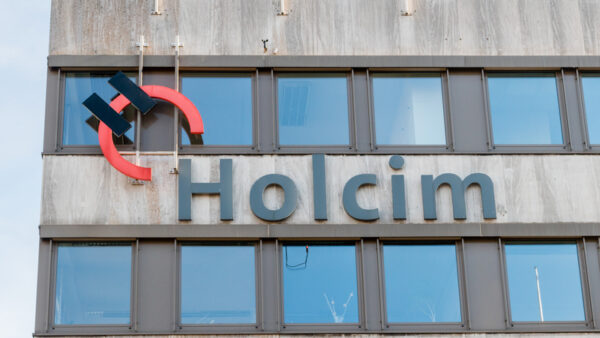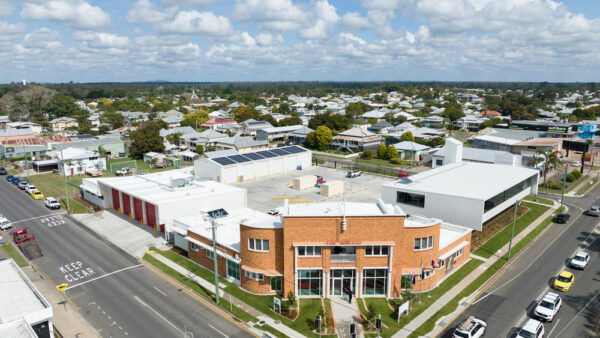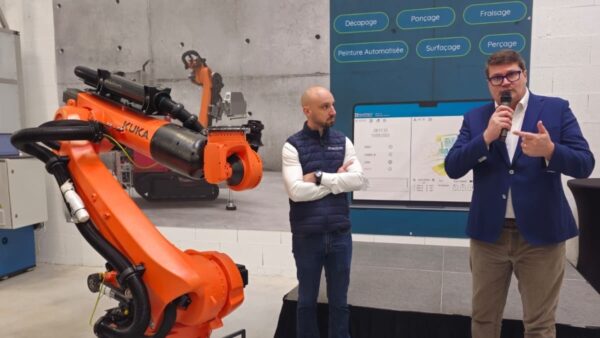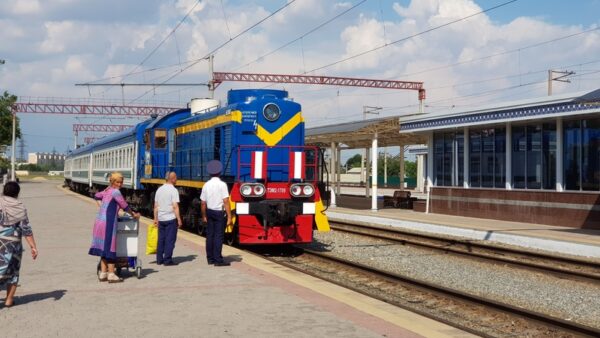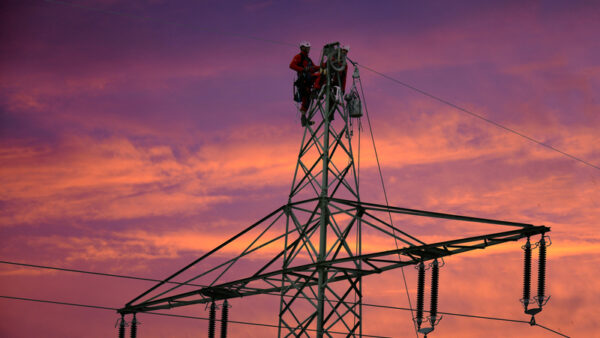Iran has begun work on the largest science project in the country’s history: a circular particle accelerator known as a synchrotron.
The device will be built on a 50ha site near Imam Khomeini International University (IKIU) in the city of Qazvin, about 150km northwest of Tehran.
The project was launched yesterday at a ceremony attended by Ali Akbar Salehi, head of the Atomic Energy Organization of Iran, and Sorena Sattari, the government’s vice president for science and technology.
Synchrotrons accelerate electrons to high energy and then make them generate flashes of x-rays as they travel around a circular ring. These are then sent down “beamlines”, to be used in a range of experiments in the fields of physics, nanotechnology, electronics, radiotherapy, pharmacology, industry, biology, environment and archaeology, among others.
The project has been in preparation for a decade. Work on a conceptual design for the “Iranian Light Source Facility”, as the synchrotron is called, was begun in June 2010. This envisaged an electron storage ring with a circumference of 528m and an energy of 3 gigaelectron volts (GeV), putting it in the mid-range of electron accelerators, and larger than the only other synchrotron in the Middle East, 2GeV Sesame ring in Jordan.
No cost has been given for the scheme, but the similar Sesame project came in at around $90m.
Iranian news agency PressTV notes that about 200 scientists and researchers from Iran and abroad are contributing to the plan.
Image: Visitors at the Alba synchrotron in Spain (Dreamstime)
Further reading:


